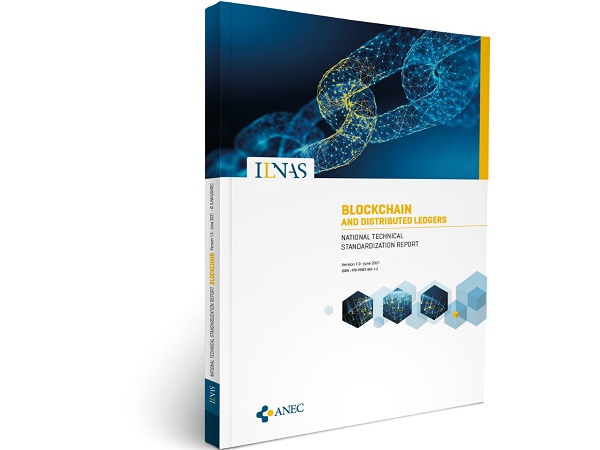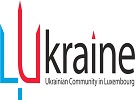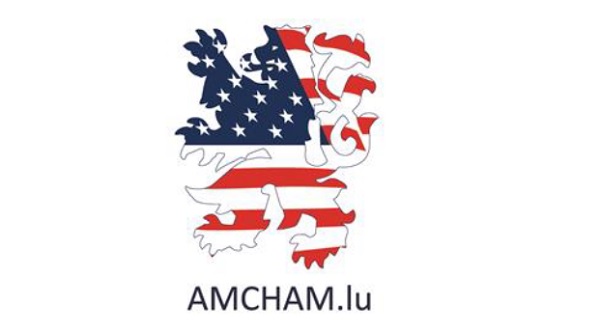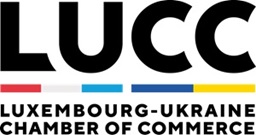 Credit: ILNAS
Credit: ILNAS
The Luxembourg Institute of Standardisation, Accreditation, Safety and Quality of Products and Services, ILNAS, has announced the publication of the new national report on technical standardisation in the field of blockchain.
Distributed ledgers, also called blockchains, have grown considerably since their conceptualisation in 2008. They are now considered in many areas (e.g. banking, supply chain, digital identification, public sector, etc.) as promising tools to help better distribute trust between players and to simplify complex services. Thus, more and more efforts are being made to facilitate its adoption. Examples include the European Union's (EU) gradual establishment of the European Blockchain Services Infrastructure, which aims to create services for EU citizens, and the development in Luxembourg of regulations taking into account blockchains in the management of financial securities.
Standardisation also plays a role in the adoption of this new technology, helping to stabilise it, establish good technical and organisational practices and establish state-of-the-art blockchain. As part of the 2020-30 national standards strategy (Stratégie normative nationale 2020-2030) and the 2020-25 policy for the technical standardisation of ICT (Politique pour la normalisation technique des TIC 2020-2025), ILNAS actively follows normative advances in blockchains in order to inform the national market and encourage its participation in the development of future standards in the field. In this context, ILNAS has published a new National Technical Standardisation Report: "Blockchain and Distributed Ledgers".
This report provides national actors with an overview of the normative landscape of distributed registers and highlights the opportunities available to them to get involved in technical standardisation. It is made up of four chapters:
- a presentation of the basic concepts of blockchains. This chapter provides an understanding of the different blockchain consensus mechanisms and how smart contracts work;
- an overview of existing platforms. This part describes various major blockchain platforms, specifying their specific characteristics as well as the uses for which they are intended;
- an overview of initiatives and applications. This chapter provides an overview of the main European initiatives and an overview of the Luxembourg blockchain ecosystem. It also presents use cases of this technology in different industries;
- a description of the current state of technical standardisation. This last chapter provides an inventory of the main standardisation work in the field of distributed registers. It also allows the national market to understand how to get involved in the drafting of these projects.
This publication aims to raise awareness among national stakeholders about blockchain technology and the many related standardisation works, which will help guide future developments in this field. Through the report, ILNAS wishes to encourage the national market to take into consideration the technical standardisation activities underway at European and international levels, whether to apply existing standards or to invest in their development, by becoming a national delegate in standardisation.
The National Technical Standardization Report: Blockchain and Distributed Ledgers is available online here.








